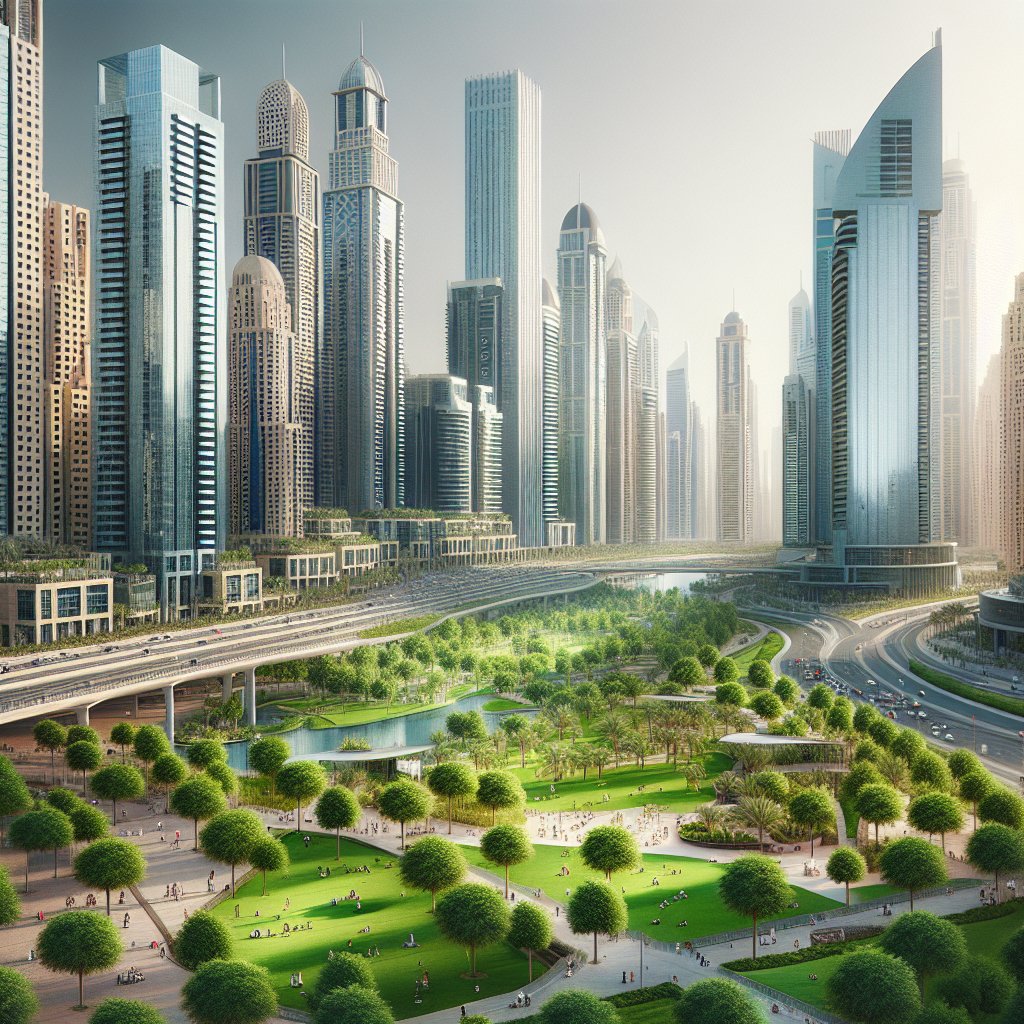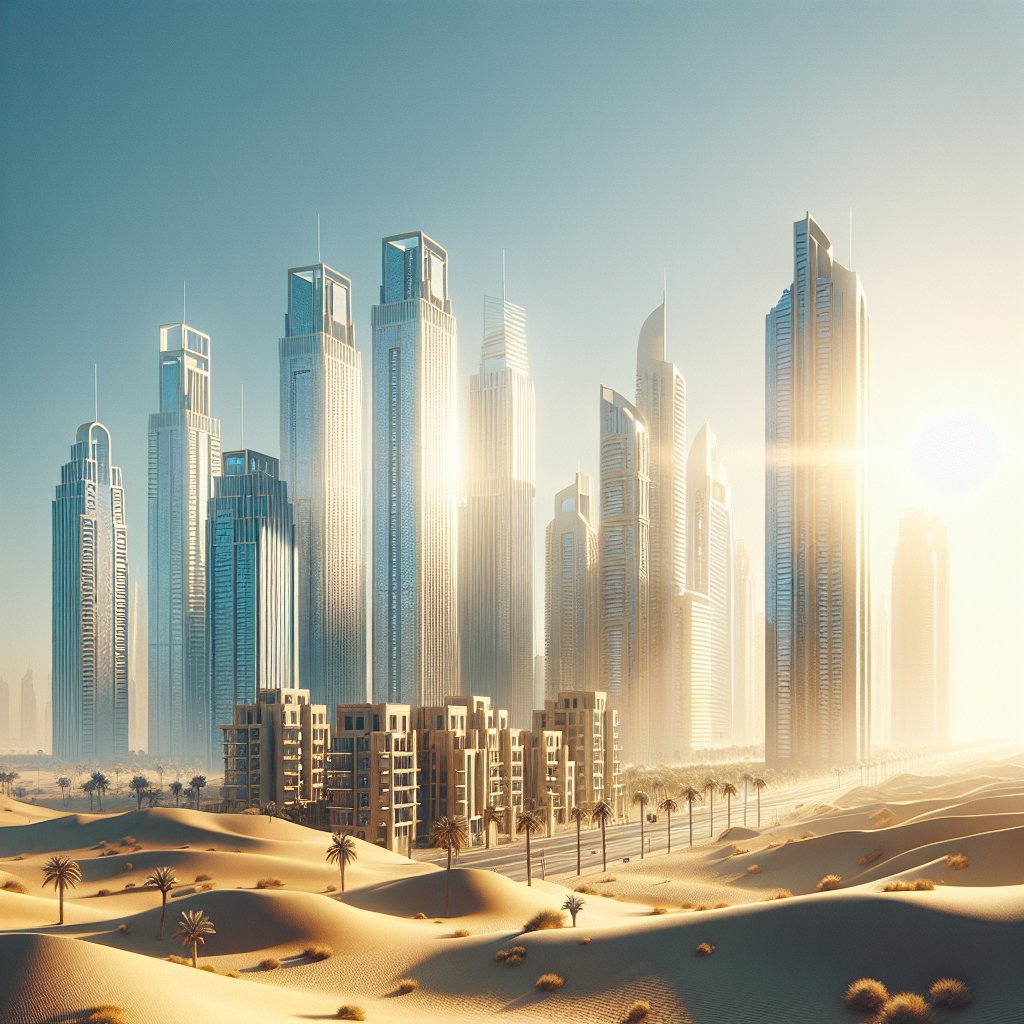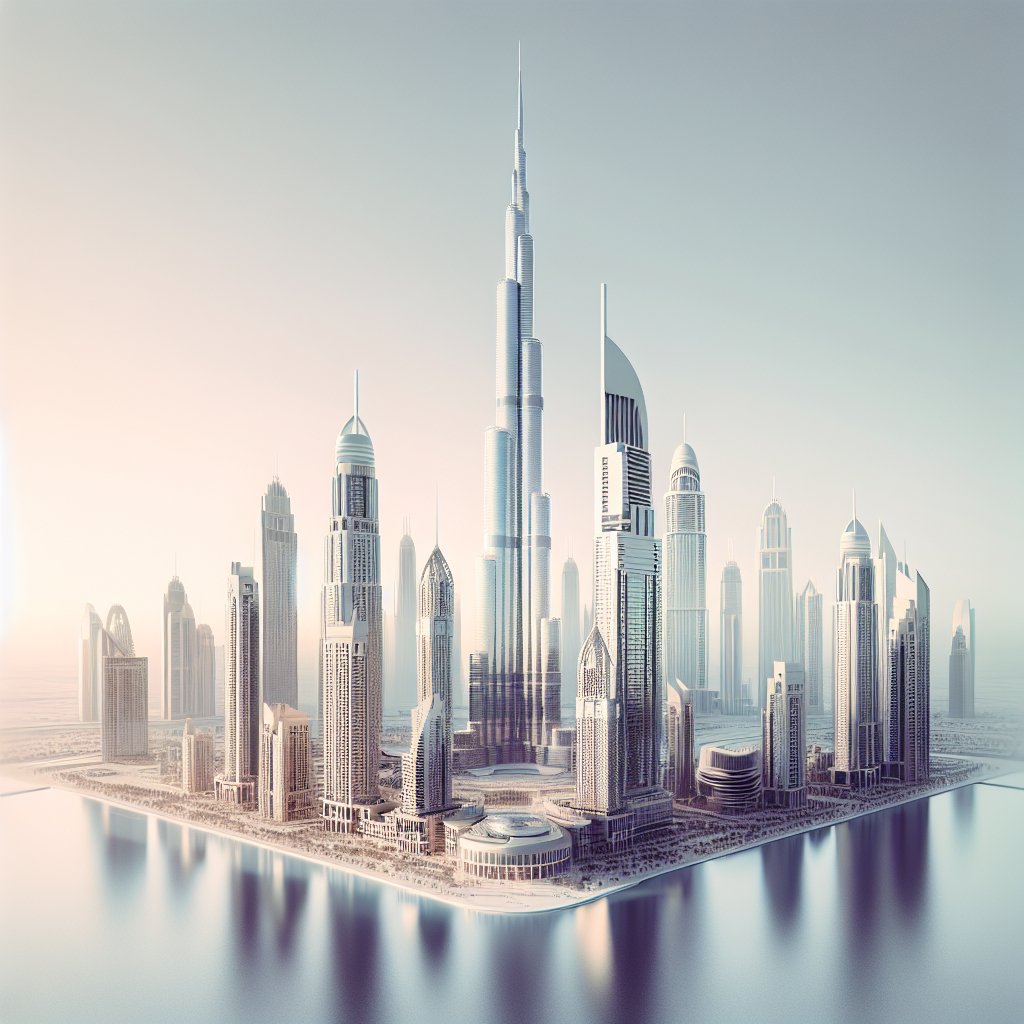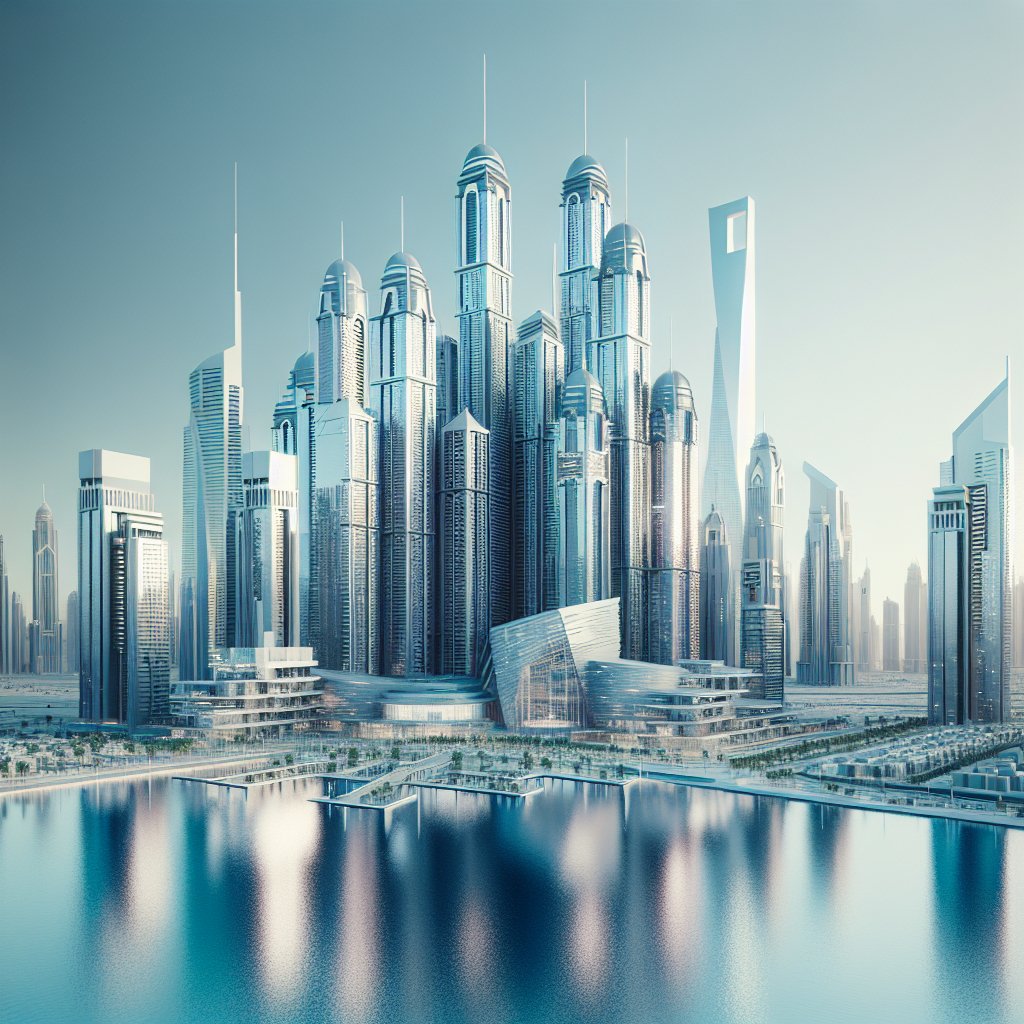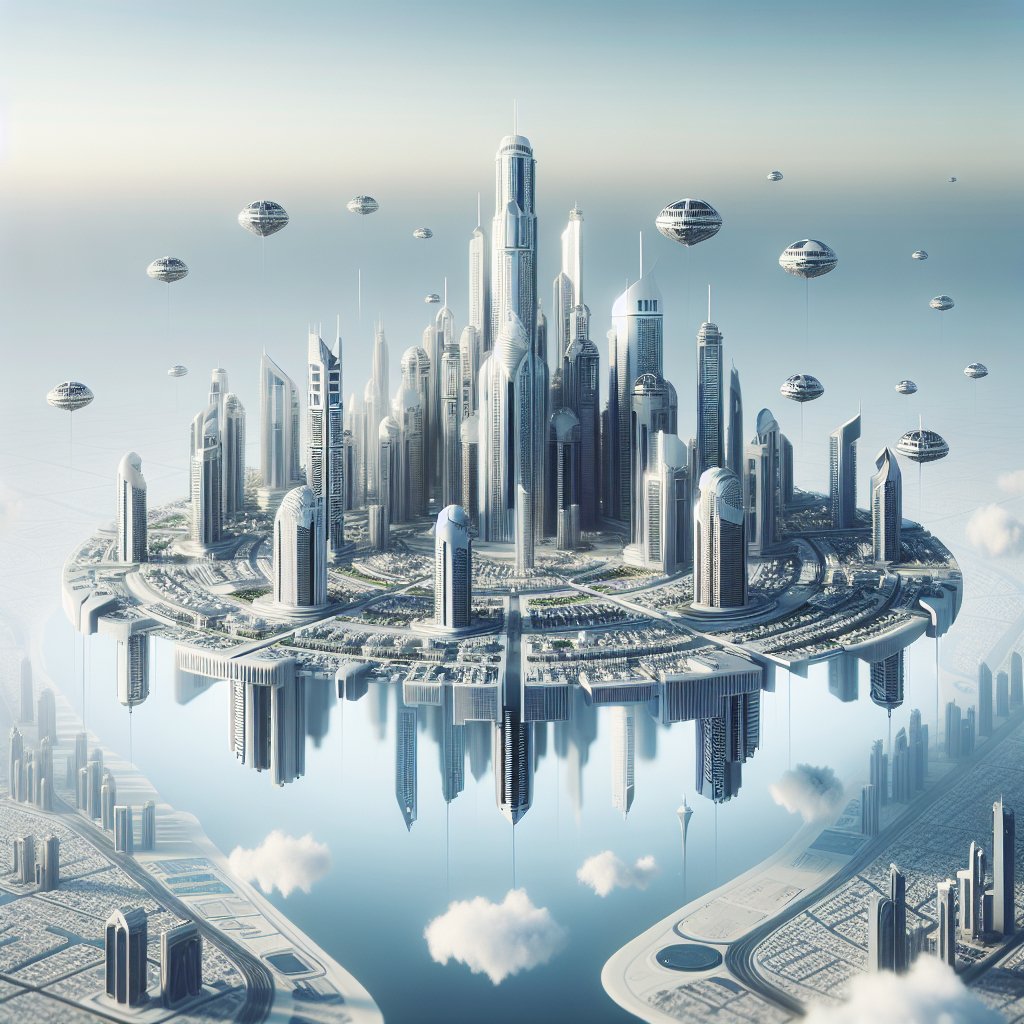Dubai, a city renowned for its opulence and futuristic skyline, has long been a symbol of rapid economic growth and architectural innovation. However, the 2008 Global Financial Crisis posed significant challenges to its booming real estate and construction sectors. This article explores how Dubai’s architectural landscape adapted in response to the financial downturn, highlighting the resilience and creativity that have come to define the city.
The Impact of the 2008 Global Financial Crisis on Dubai
The 2008 Global Financial Crisis was a pivotal moment for economies worldwide, and Dubai was no exception. Known for its ambitious construction projects and rapid urban development, Dubai faced a sudden halt in its growth trajectory. The crisis led to a sharp decline in property prices, a slowdown in construction activities, and a significant reduction in foreign investment. Many high-profile projects were put on hold, and the city had to reassess its approach to development.
Before the crisis, Dubai’s architectural landscape was characterized by a series of mega-projects, including the Burj Khalifa, Palm Jumeirah, and The World Islands. These projects were emblematic of Dubai’s ambition to position itself as a global hub for tourism, business, and luxury living. However, the financial downturn exposed vulnerabilities in this model, as the reliance on speculative real estate investments became apparent.
In response to the crisis, Dubai’s leadership and developers had to pivot their strategies. The focus shifted from extravagant, high-risk projects to more sustainable and economically viable developments. This transition marked a new era in Dubai’s architectural evolution, where innovation and practicality began to coexist.
Architectural Adaptations and Innovations
In the wake of the financial crisis, Dubai’s architectural community embraced a more pragmatic approach to design and construction. This shift was driven by the need to attract a broader range of investors and residents, as well as to ensure long-term economic stability. Several key trends emerged during this period, reshaping the city’s skyline and urban fabric.
Sustainability and Green Building Practices
One of the most significant changes in Dubai’s architectural response to the crisis was the increased emphasis on sustainability and green building practices. Developers began to prioritize energy-efficient designs, environmentally friendly materials, and sustainable construction methods. This shift was not only a response to global environmental concerns but also a strategic move to reduce operational costs and appeal to eco-conscious investors and residents.
Projects like the Dubai Sustainable City and the Masdar City initiative in nearby Abu Dhabi exemplify this trend. These developments incorporate renewable energy sources, water conservation systems, and sustainable transportation options, setting new standards for urban living in the region.
Mixed-Use Developments
Another notable trend in Dubai’s post-crisis architectural landscape is the rise of mixed-use developments. These projects combine residential, commercial, and recreational spaces within a single complex, offering a more integrated and convenient lifestyle for residents. Mixed-use developments have become increasingly popular as they provide a diversified revenue stream for developers and create vibrant, self-sustaining communities.
Examples of successful mixed-use projects in Dubai include City Walk, Bluewaters Island, and Dubai Creek Harbour. These developments offer a blend of luxury living, retail, dining, and entertainment options, catering to the diverse needs of residents and visitors alike.
Focus on Affordable Housing
The financial crisis also highlighted the need for more affordable housing options in Dubai. As the city sought to attract a wider demographic, developers began to explore ways to provide quality housing at more accessible price points. This shift was essential for maintaining Dubai’s competitiveness as a global city and ensuring that it could accommodate a growing population.
Initiatives such as the Dubai Housing Program and the introduction of affordable housing quotas for new developments have helped address this need. These efforts have led to the creation of more inclusive communities, where people from various income levels can live and work in proximity to one another.
Conclusion: A Resilient and Adaptive City
Dubai’s architectural response to the 2008 Global Financial Crisis demonstrates the city’s resilience and adaptability in the face of economic challenges. By embracing sustainability, mixed-use developments, and affordable housing, Dubai has not only weathered the storm but also emerged stronger and more diversified. The lessons learned from the crisis have paved the way for a more balanced and sustainable approach to urban development, ensuring that Dubai remains a leading global city for years to come.
As Dubai continues to evolve, its architectural landscape will undoubtedly reflect the city’s ongoing commitment to innovation, sustainability, and inclusivity. The challenges of the past have shaped a more resilient and forward-thinking Dubai, ready to tackle the opportunities and uncertainties of the future.



